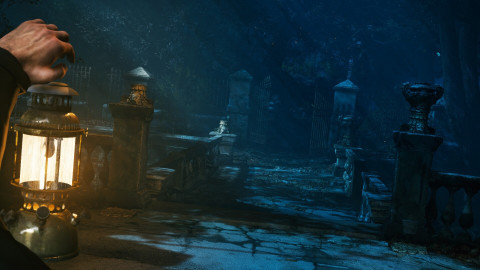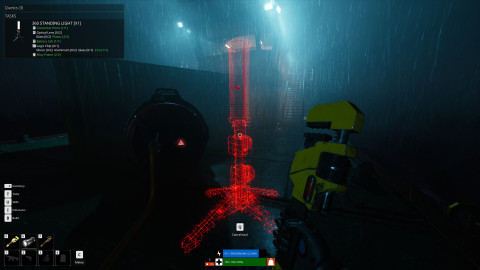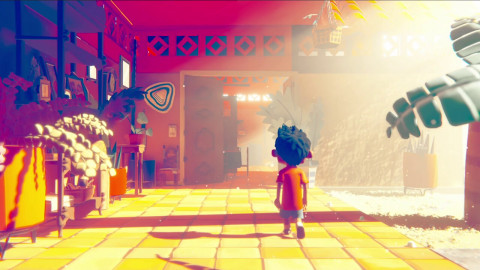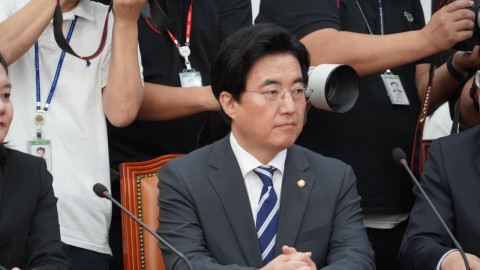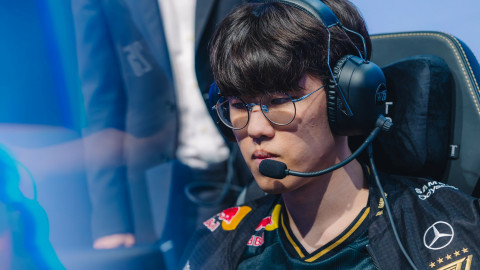— Harrisburg, PA. July 19, 2019
If there was any doubt about the continued exponential growth of esports among North American colleges and universities, one need only to have attended this year’s National Association of Collegiate Esports (NACE) conference in Harrisburg, Pennsylvania, to have that notion dispelled.
Hosted graciously by esports powerhouse Harrisburg University, this year’s conference saw a doubling of attendance over last year’s premiere gathering in Atlanta, Georgia. Of the current roster of 150+ colleges and universities belonging to NACE, 129 were in attendance, while dozens more were there observing, seeking best practices as they, too, contemplate establishing esports initiatives. Make note: it is much easier getting to Atlanta, Georgia, than Harrisburg, Pennsylvania!

As Michael Brooks, NACE Executive Director, articulated in his welcoming remarks, NACE members account for 94% of all esports varsity programs in the USA. And, what these schools are playing hasn’t deviated much in the last year. Riot’s League of Legends continues to dominate game play, with Blizzard’s Overwatch a close second. Psyonix’s Rocket League, a game that neutralizes any institutional FPS concerns, ranks third. An even more pronounced statistic was that as of this past year, 20 state athletic associations have approved of esports as genuine athletics.
The high point of the conference’s first day was the concluding panel consisting of Harrisburg University President, Eric Darr; Dan Schwab, Co-President of D&H Distributors, one of North America's leading technology purveyor; and Gus Schmedlen, Vice-President of Worldwide Education for Hewlett-Packard.
A pervasive theme of this panel echoed the vitality of esports based upon the degree of enthusiasm exhibited by student players and supportive student body. Gus Schmedlen described this as the “all in” approach, using Harrisburg University as a key example of this dedication. Eric Darr prophesized that esports will eventually become bigger than traditional sports due to a rapid and meaningful expansions of media rights.

To back up this contention, President Darr, recounted how esports, his school’s only athletic endeavor, garnered the young university major ESPN coverage during the recent Overwatch Championship in Houston, Texas. “How do you measure being named 80 times in one hour on ESPN?” he asked rhetorically. For many NACE member schools, smaller educational institutions by far, this resonates significantly.
Dan Schwab, whose company is a major conduit between technology manufacturer and customer, advised attendees to continually educate school leadership about esports. He envisions esports in the near future encompassing every age group from K-12. While Gus Schmedlen focused on how esports can lead to greater educational interest. He urged academics in the audience to gather as much data as possible on the impact of esports as a means towards evidence-based decision making. This kind of data can make esports the nexus for interdisciplinary research, development, and implementation.
When asked if esports is sitting on an enthusiasm bubble, akin to the Dot.com bubble of the late 1990s, Mr. Schwab reminded everyone that investment dollars go ahead of the game. The spate of esports investment we see today is geared not on where the sport is currently, but where it is going to be. All three agreed that esports will see sustained growth. Thinking about it, the same could be said about the sustained growth that occurred in the decades following the Dot.com crash.

For all the exuberance and enthusiasm within the conference, the question needs to be asked: what is next for NACE? The conference schedule revealed a serious bifurcation between panels open only to NACE members and those open to all attendees. Furthermore, more than a few panels came across as thinly veiled promotional commercials for specific companies. Companies that have come forward as NACE sponsors do deserve special perks, but maybe promotional booths are enough without panels or presentations smacking of “hard sell.”
Another issue concerns the degree of depth to be expected in a NACE panel. It doesn’t take long before a college or university acquires enough esports experience to confront myriad issues and concerns about players, players as students, recruitment, competition, game updates, psycho-emotional issues, and the like. These require serious, in-depth, focused discussion. Yet, too many of the panel’s present these issues at a relatively superficial level.
Panels that did engage in topical deep dives were devoted to coaching and community building.
In the former, Chad Smeltz from Harrisburg University did a terrific job delineating coaching responsibilities: players’ academic success, psycho-emotional issues; individual player style, scheduling, an intense 15-17 hours per week training regimen, as well as physical exercise and required study hall.
The Twitch dynamic duo of Mark “Garvey” Candella and Kevin Hoang imparted significant insights regarding community building. Kevin divulged the guerilla approach he took while attending the University of Washington where he created the UW esports club that quickly grew to 5,000 students by emphasizing the breadth of jobs associated with esports.

The conference concluded with an Overwatch match between host school (and reigning Overwatch Champion) Harrisburg University, and Boise State University. The match, held in the Sunoco Theatre of the Whitaker Center for Science and the Arts, featured top casters Christian “punsandbuns” Gillespie and Rosemary “Nekkra” Kelley. Hand it to HU, they pull out all stops when it comes to hiring the best casters for their events! HU won the match, but the best part had to be when the teams split and combined for a friendly that put the collegiality of esports on proper display.
Sort by:
Comments :0


